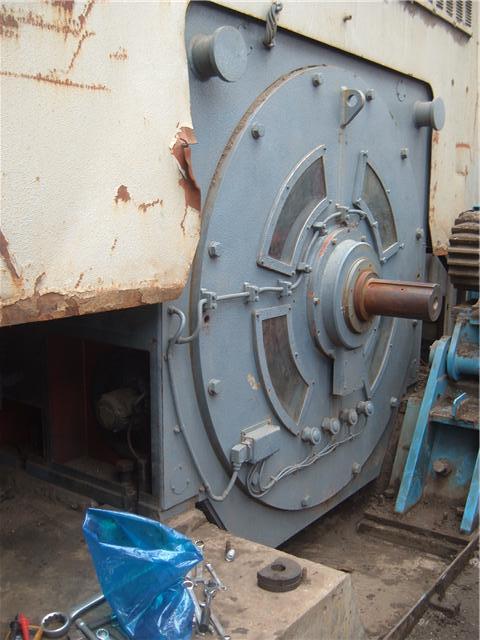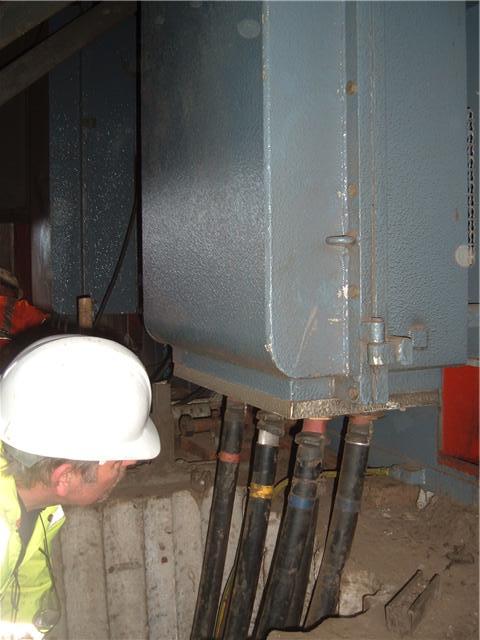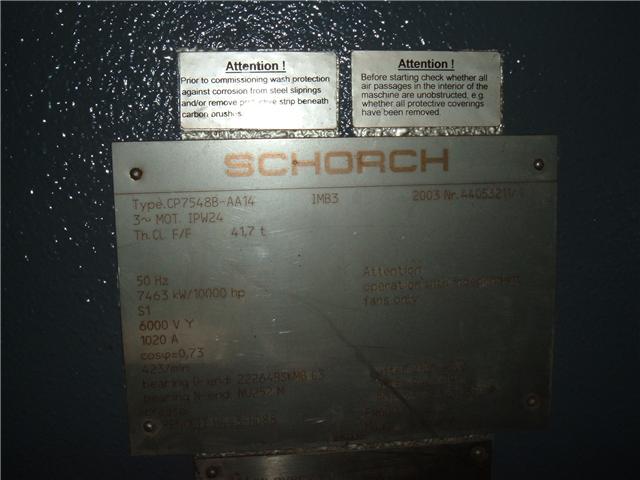Jaymack,
that was the original reason for me going to site. " other lads had worked through the night changing brushes and boxes but the centre boxes were so bad they had to remove the complete arm assemblies and fit 4 new ones. After they had fitted the brushes, (some were old ones because they didn't have enough new ones), they meggered the rotor and it had a 'dead' earth. After removing all the brushes it was still down to earth and time for them to go home. They had been on shift since 8.00am the previous day. I went down expecting to find something obvious that they had missed due to the long hours they had put in under such difficult conditons but discovered what did appear to be a dead earth. It even showed up on the resistance scale of a 'Fluke' meter! To cut a long story short when I went back on Monday the tests had come up a bit to around 23Megs, high enough but still on the low side so I was instructed by my boss to reconnect but we were not responsible if they went against our advice of waiting a bit longer to see if it came up anymore before switching on. By the following day we had fitted all new brushes and replaced all the centre arm boxes, (16) and reconnected all the auxillary wiring and main incomers for the stator and rotor. Final tests consisted of 1.000volt megger test, 37Megs, Ducter resistance tests, (balanced), Hi-Pot earth leakage test,(5,500v on rotor and 11,500v on stator) 54Megs, and infinity respectively,Surge tests, (perfectly balanced, Polarisation Index test. (1.5, our pass mark is 1.2). These tests were performed on both rotor and stator. Sliprings were checked using digital gauge and run out was less than 2thou. Sliprings are original manufacturers with about 12 dust grooves running parallel in each one though the running surfaces are perfectly smooth and equal. There were a mixture of grades across all 3 rings though only the centre ring was affected. Customer said all stator currents were normal and equal, (though don't know what actual readings were). Bearings are insulated roller bearings and there is no breakdown of insulation, also checked they were not dry or over greased.
Sorry for the long reply.
PS couldn't find any info on the liquid start as head honcho wasn't in today, try on Monday.




